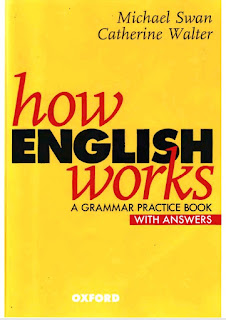လေ့လာမိသောအင်္ဂလိပ်သဒ္ဒါအပိုင်းအစများ (၂၄) (HZH)

လေ့လာမိသောအင်္ဂလိပ်သဒ္ဒါအပိုင်းအစများ (၂၄) Much, Many & A lot of We use ‘much’ with singular (uncountable) nouns and ‘many’ with plurals. ‘much’ ကို ‘ရေတွက်လို့မရတဲ့ uncountable noun’ များနဲ့ သုံးရပြီးတော့ ‘many’ ကို ‘plurals အများကိန်းနာမ်’ များနဲ့ သုံးရပါတယ်။ How much time have you got? How many tickets do you need? ‘Much’ and ‘Many’ are most common in negatives and questions and after ‘so, as, too and very’. ‘Much’ နဲ့ ‘Many’ ကို ‘အငြင်းစာကြောင်းများနဲ့ မေးခွန်းများ၊ ပြီးတော့ so, as, too, very တို့ရဲ့နောက်မှာ” အသုံးများပါတယ်။ In other affirmative sentences, we generally use ‘a lot of , lots of of plenty of’. အငြင်း၊ မေးခွန်းမဟုတ်တဲ့စာကြောင်းတွေမှာတော့ ‘a lot of, lots of, plenty of’ တို့ကို သုံးပါတယ်။ ‘a lot of, lots of, plenty of’ တို့ကိုတော့ countable ရော၊ uncountable နဲ့ရော အသုံးပြုနိုင်ပါတယ်။ ‘Do you have much trouble with English?’ ‘I don’t have much trouble speaking, but I have lots of difficulty writing’. ‘Are there many opera houses...

